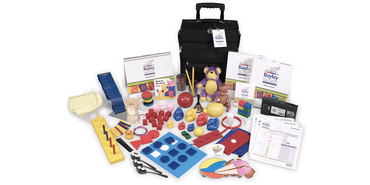Bayley Scales of Infant and Toddler Development® | Third Edition (Bayley®-III), is a comprehensive tool to identify development issues during early childhood. The Bayley-4 is now available! Learn more
Bayley Scales of Infant and Toddler Development | Third Edition
Bayley-III
Bayley Scales of Infant and Toddler Development® | Third Edition (Bayley®-III), is a comprehensive tool to identify development issues during early childhood. The Bayley-4 is now available! Learn moreChoose from our formats
Support materials
Manuals, stimulus books, replacement items & other materials
1 option
Training
Onsite, virtual & on-demand trainings
2 options
All products
All tests and materials offered for Bayley-III
3 options